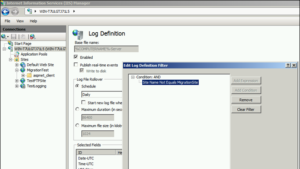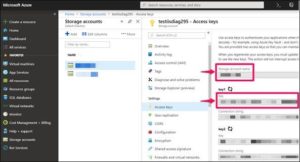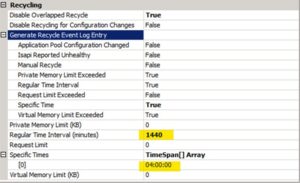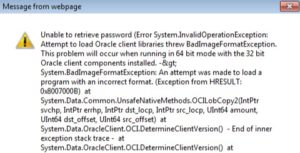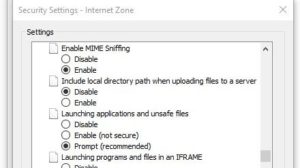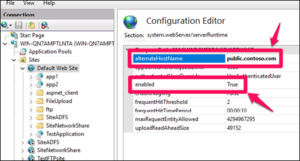Advanced Logging is an additional IIS feature that helps administrators customizing web server logs. IIS 7, 7.5, and 8 used this feature as a detailed and customized logging option. With IIS 8.5, Enhanced Logging which is a built-in feature in IIS was introduced.
In this post, I will explain a solution for the scenario where Advanced Logging is not recording any logs. I will also provide a trick to enable it per websites.
